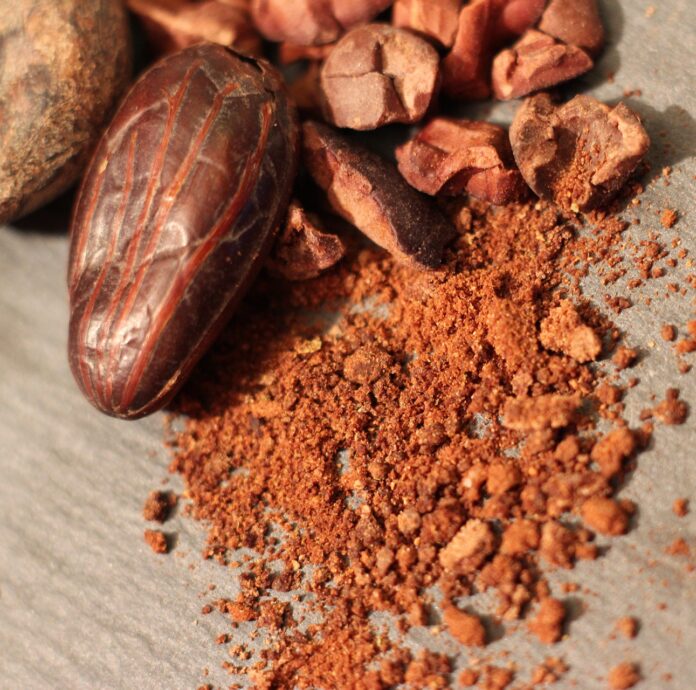Chocolate: it’s the universal language of joy, an edible piece of happiness. But have you ever wondered how a humble bean transforms into your favorite chocolate bar? Grab a comfy seat (and maybe some chocolate!) as we unwrap the delicious journey from bean to bliss.
Our story begins in the tropics, where cacao trees flourish. These wonders bear fruit, or pods, each containing beans enveloped in a sweet pulp. Harvesting these pods is an art, requiring precise timing and a keen eye to ensure they’re ripe, promising the best flavors.
Once harvested, the beans are extracted and sun-dried, a step that’s crucial for developing each bean’s unique flavor profile. After drying, they’re bagged and shipped worldwide to chocolate makers, the magicians in our tasty tale.
Here’s where science meets artistry. Roasting is next; it enhances the beans’ natural flavors, much like coffee. Post-roasting, the beans are cracked, and their hearts, known as nibs, are ground into a liquid cocoa mass. This aromatic liquid is then mixed with other ingredients—sugar, milk, and sometimes, a whisper of vanilla.
After the blending, it’s time for conching—a process of intense mixing, aerating, and smoothing for hours, or even days. This critical phase refines chocolate’s texture and taste. Post-conching, the silky, rich liquid undergoes tempering, where it’s carefully cooled and reheated, giving it that characteristic glossy look and a satisfying snap.
From here, it’s molded into the bars or truffles we adore, then wrapped and ready to be your delightful treat.






